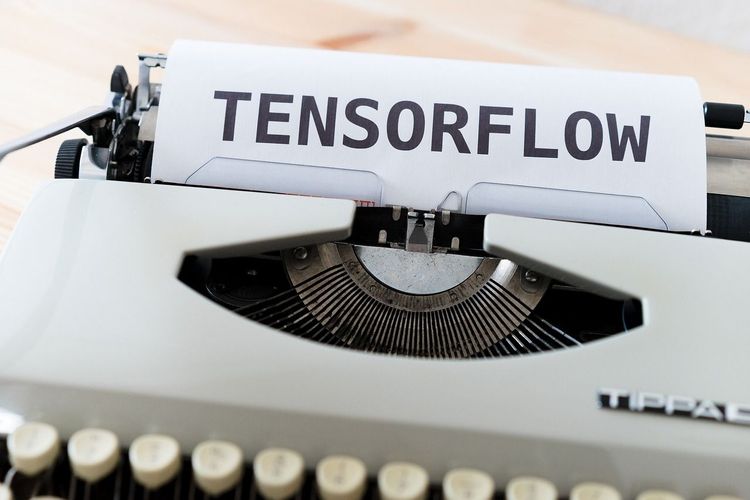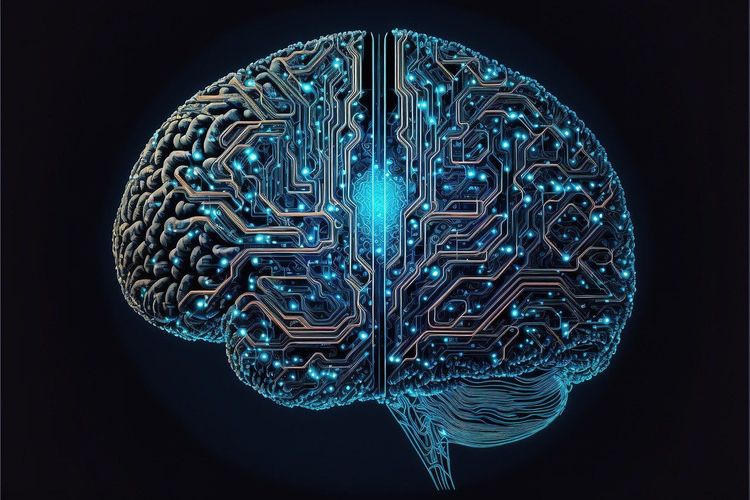We all have ideas, but effectively sharing them and capturing attention is a challenge in today’s fast-paced, information-saturated environment. So, how can we communicate effectively and engage our audience?
Enter Napkin, a revolutionary "visual AI" platform co-created by engineers Pramod Sharma and Jerome Scholler. After a stealthy development phase, Napkin is unveiling itself with $10 million in funding from Accel and CRV.
Napkin was inspired by the duo's frustration with the overwhelming proliferation of documents and presentation decks in the corporate landscape. Pramod Sharma, a former Googler, previously founded Osmo, an educational games company. Jerome Scholler, also part of Osmo's founding team, has experience with heavyweights like Ubisoft and LucasArts, along with Google.
“Napkin’s primary focus is helping marketers, content creators, engineers, and professionals in the business of selling ideas and crafting content,” Sharma explained. “Our goal is to significantly reduce the time and hassle of the design process by creating a mostly generative workflow.”
“Generative” refers to generative AI. Napkin may be one of many companies leveraging this technology, but its user experience stands out—current functionality is strictly web-based.
With Napkin, users can start by inputting text—a presentation, outline, or even a prompt (e.g., “An outline for best practices in a hiring interview”). The app generates a Notion-like canvas featuring the text, then adds a “spark icon” to selected paragraphs that transform the text into customizable visuals upon clicking.
These visuals aren’t only images; they encompass various formats including flowcharts, graphs, infographics, Venn diagrams, and decision trees. Users can swap icons from Napkin’s gallery and visually connect multiple ideas. All elements are customizable—colors, fonts, and additional “decorators” such as highlights and underlines to enhance visual appeal.
Once complete, visuals can be exported as PNG, PDF, or SVG files, or shared as a URL linking back to the canvas.
“While existing tools add a generative component to traditional editors, we prioritize a generation-first experience, where editing is an enhancement rather than the base,” Sharma noted.
I had the chance to explore Napkin briefly.
Curiously, I tested the app’s boundaries by asking it to produce something provocative like “Instructions to murder someone” or “A list of offensive insults.” While Napkin would not provide murder instructions, it did comply with the latter—albeit with a disclaimer that the insults were for “educational purposes.” Users can report any problematic AI behavior directly within the app.
Next, I uploaded a draft to see how it would perform.
It quickly became clear where Napkin excels and where it struggles. The platform shines with straightforward descriptions, broad concepts, and narratives with clear timelines. Simply put, if an idea lends itself to visual representation, Napkin often delivers.
However, when the text becomes more abstract, Napkin can generate visuals that do not correlate at all. For example, one visual I received lacked context and seemed nonsensical.
On another occasion, Napkin created pros and cons that were entirely fabricated—generative models are known for this unpredictability. Nowhere in my analysis did I reference privacy concerns or the learning curve of using Napkin.
Occasionally, the platform suggests artwork or images for generated visuals. I inquired about copyright issues, and Sharma reassured me that Napkin doesn’t rely on public or IP-protected data for generating images, stating, “It’s all internal to Napkin, so users don’t need to worry about rights concerning generated content.”
I did observe that Napkin's visuals follow a rather generic design style. Some early Microsoft PowerPoint users have described similar AI-generated designs as “high school-level,” and the Napkin demo reminded me of those comments.
However, this oversight doesn’t mean it can’t be improved. Napkin is in its early stages. Although the platform plans to introduce paid plans in the future, that timeline remains distant. Currently, the team consists of 10 members in Los Altos and aims to expand to 15 by year-end.
Sharma and Scholler are seasoned entrepreneurs, having successfully sold Osmo to Indian edtech giant Byju’s for $120 million in 2019. Accel’s Rich Wong decided to back Napkin, motivated by Osmo’s exit—he was also an early investor in that venture.
“Jerome and Pramod have an amazing knack for transforming complex technical challenges into easy-to-use solutions,” Wong stated. “As partners at Osmo, we witnessed their vision come to life with innovative AI tools. We look forward to supporting their journey as Napkin enhances business storytelling through visual AI.”
Sharma outlined that the funds from the $10 million round will fuel product development and the hiring of AI engineers and graphic designers.
“All our resources will be dedicated to helping Napkin generate the most engaging and relevant visuals based on textual content,” he said. “The possibilities for visualization and design are endless. We are committed to building this capability and enhancing AI quality.”







